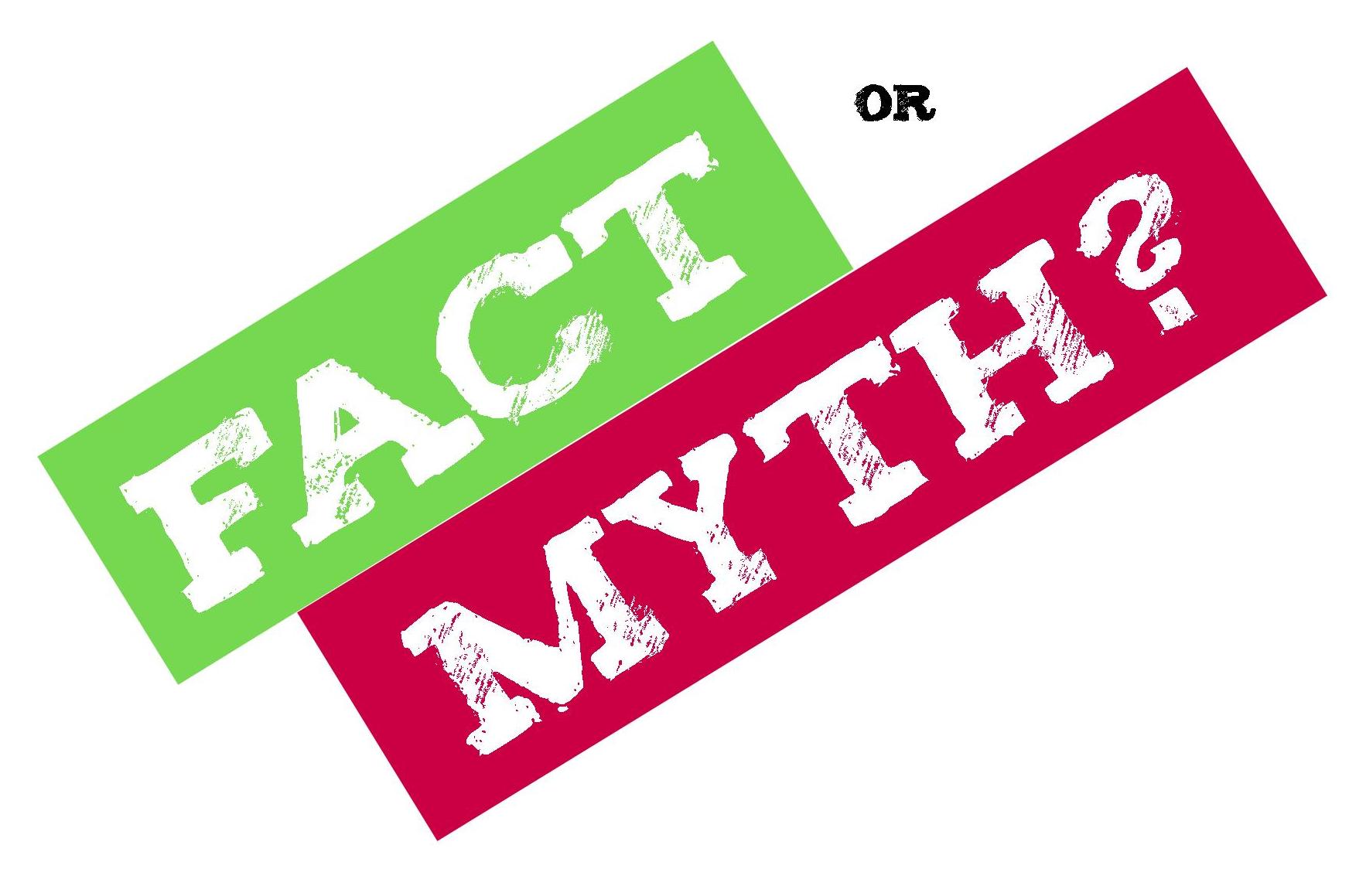As the year winds down, the holiday season brings with it tax reporting season – which can be a hectic time for businesses. Changing regulations, looming deadlines and the threat of penalties can quickly replace “jolly” with “humbug.”
Greatland Corporation, a provider of W-2 and 1099 products for businesses and an expert resource for ACA information, receives thousands of calls each year from curious customers who often mistake myth for fact when it comes to reporting requirements.
Tax myth ’taks ’miTH noun : FALSE idea or story believed by many regarding the annual requirement by the government for organizations to report wage and non-wage payments made in the course of their trade or business to the Internal Revenue Service .
Failing to understand the real truth behind these myths can cost your business extra money to file again or to pay steep fines if reporting is not completed in compliance with regulations. Greatland breaks down fact vs. fiction for this filing year so companies can rest easy and be better prepared.
W-2, 1099 and 1095 Form MYTHS vs. REALITIES
- Myth: Affordable Care Act (ACA) reporting and filing of Form 1095 is not required for reporting year 2015.
Reality: Along with the yearly adjustments mandated by the Internal Revenue Service related to W-2 and 1099 forms, brand new 1095 forms have been added to the list of required forms for filers this year.
- Myth: State 1099 reporting is not required if there is no state tax withheld.
Reality: Check your state’s 1099 filing requirements. Many states require 1099s to be filed even if there is no state tax withheld.
- Myth: Copy A of Form 1099 can be printed in black ink and filed to the IRS.
Reality: Copy A of Form 1099 must be printed in red drop-out ink in order to be properly processed by IRS.
- Myth: Businesses must file Form 1095 if your business employs 50 or more full-time employees.
Reality: Businesses must file Form 1095 if your business employs 50 or more full-time equivalent employees.
- NOTE: many companies underestimate their true full-time equivalent count by ignoring non-full-time staff. In simple terms, the number of full-time equivalent employees equals the total number of full-time employees (working 30 or more hours per week) plus the number of full-time equivalent employees.
- Monthly full-time equivalents are calculated by combining the number of hours of service of all non-full-time employees for the month (but not including more than 120 hours of service per employee), and then dividing the total by 120.
- Using this guideline, you may discover that you have less than 50 full-time employees, but meet the requirements for ACA reporting.
- Myth: If an employer gives a worker freedom to act, the worker should be classified as an independent contractor.
Reality: The general rule is that an individual is an independent contractor if the payer has the right to control or direct only the result of the work and not what will be done and how it will be done. An individual is an employee if the employer can control what will be done and how it will be done even if the employer gives the employee freedom of action.
- Myth: All employers can file paper 1095 forms, regardless of size.
Reality: Filers with 250 or more 1095 forms must file them electronically. Incorrect filings will not be penalized for calendar year 2015 filing (reported in 2016) if employers/insurers file on time and make a good faith effort to comply.
- Myth: The e-file threshold for state W-2/1099 filing is the same as the federal e-file threshold.
Reality: Each state can set its own e-file threshold. Check your state’s requirements to ensure that you are in compliance.
- Myth: When filing on paper, one Form 1096 can be used for one submission of multiple 1099 form types.
Reality: A separate Form 1096 is required for each 1099 form type being submitted to IRS on paper. (Example: If filing both 1099-INT and 1099-DIV forms, two 1096 forms would be required.)
- Myth: When filing W-2s, 1099s and 1095s on paper, a filer is required to use the official forms supplied by the IRS.
Reality: Substitute W-2, 1099, and 1095 forms are acceptable for filing as long as they meet the specifications outlined in IRS Publications 1141, 1179, and 5223 respectively. For recipient copies Greatland provides re-designed, easier to use 1095 forms available for purchase this year to help companies in the new reporting process.
10. Myth: Maximum penalties for small businesses failing to comply with W-2, 1099, and ACA reporting requirements is $500,000.
Reality: This summer the IRS announced an increase in penalties for failure to file correct information returns and provide correct payee statements for information returns filed after December 31, 2015, with maximum penalties on small businesses increasing from $500,000 to $1 million.
You can find more helpful year-end reporting information at Greatland’s Resource Center.
Thanks for reading CPA Practice Advisor!
Subscribe Already registered? Log In
Need more information? Read the FAQs
Tags: Accounting, Financial Reporting, Income Tax, Tax Planning, Taxes




